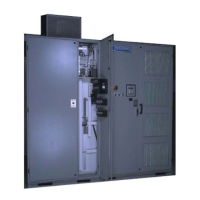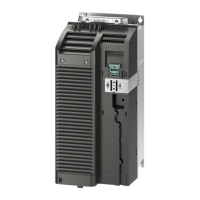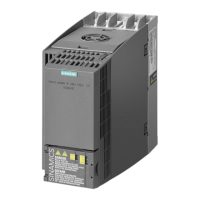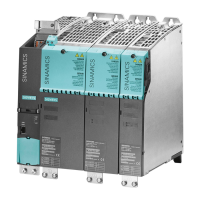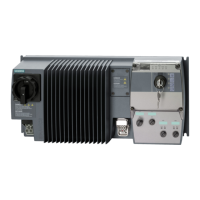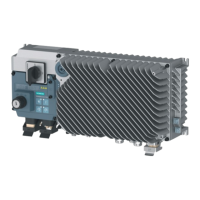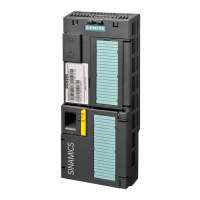Figure 8-3 Dual Frequency voltages added with normal 3-phase voltages............................................... 245
Figure 8-2 Synchronous Motor Flux Feed-Forward ................................................................................. 241
Figure 8-1 Speed Droop......................................................................................................................... 238
Figure 7-26 Critical Speed (Resonance) Avoidance ................................................................................... 221
Figure 7-25 PID Controller ....................................................................................................................... 219
Figure 7-24 Command Generator ............................................................................................................ 218
Figure 7-23 Drive Power (P
max
) as Function of Input Unbalance Voltage (E
unbalance
)...................................... 215
Figure 7-22 Old and New Curves ............................................................................................................. 214
Figure 7-21 Drive Power (P
max
) as Function of Input Voltage Magnitude (E
d
).............................................. 212
Figure 7-20 Inverse Time-to-trip Curves ................................................................................................... 210
Figure 7-19 Implementation of the Drive Loss Fault Circuit....................................................................... 209
Figure 7-18 Transformer Secondary Current Protection ............................................................................ 207
Figure 7-17 Maximum Reactive Current versus Real Current with Transformer Constant of 0.5.................. 205
Figure 7-16 Implementation of One Cycle Protection ............................................................................... 204
Figure 7-15 Input Side Monitoring ........................................................................................................... 203
Figure 7-14 OT Rollback Action................................................................................................................ 201
Figure 7-13 Motor Current Vs. Time to Trip............................................................................................... 198
Figure 7-12 Drive current (in percent of motor rated current) vs. time taken for motor temperature.......... 197
Figure 7-11 Default speed derating curve showing maximum motor load as function of speed................. 196
Figure 7-10 Motor Thermal Model ........................................................................................................... 195
Figure 7-9 Available Voltage after a failure............................................................................................. 190
Figure 7-8 Drive Output after loss of 5 Cells ........................................................................................... 189
Figure 7-7 Drive Output after loss of 3 Cells ........................................................................................... 188
Figure 7-6 Drive Output rebalanced using neutral shift .......................................................................... 188
Figure 7-5 Drive Output rebalanced by bypassing functional cells........................................................... 187
Figure 7-4 Drive Output with 2 Cells Bypassed ....................................................................................... 186
Figure 7-3 15 Cell Drive Simplied ......................................................................................................... 186
Figure 7-2 Typical Power Cell with Bypass Contactor............................................................................... 185
Figure 7-1 Four Quadrant Operation of a Motor ..................................................................................... 179
Figure 6-9 Multi-Language Keypad Dynamic Programmable Meter Display.............................................. 164
Figure 6-8 Standard Keypad Dynamic Programmable Meter Display........................................................ 164
Figure 6-7 Example of Main Menu ......................................................................................................... 150
Figure 6-6 Advantage of using speed proling control............................................................................ 138
Figure 6-5 Flux Weakening .................................................................................................................... 133
Figure 6-4 Flux Boost............................................................................................................................. 132
Figure 6-3 Flux Reductiom..................................................................................................................... 131
Figure 6-2 Estimated VFD Current Limit ................................................................................................... 98
Figure 6-1 Peak Reduction Third Harmonic Injection................................................................................. 95
Figure 5-7 Ethernet on NXGPro+ DCR Chassis (bottom view) .................................................................... 84
Table of contents
NXGPro+ Control Manual
18 Operating Manual, A5E50491925A
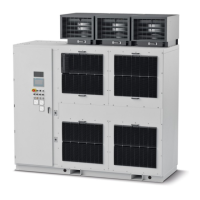
